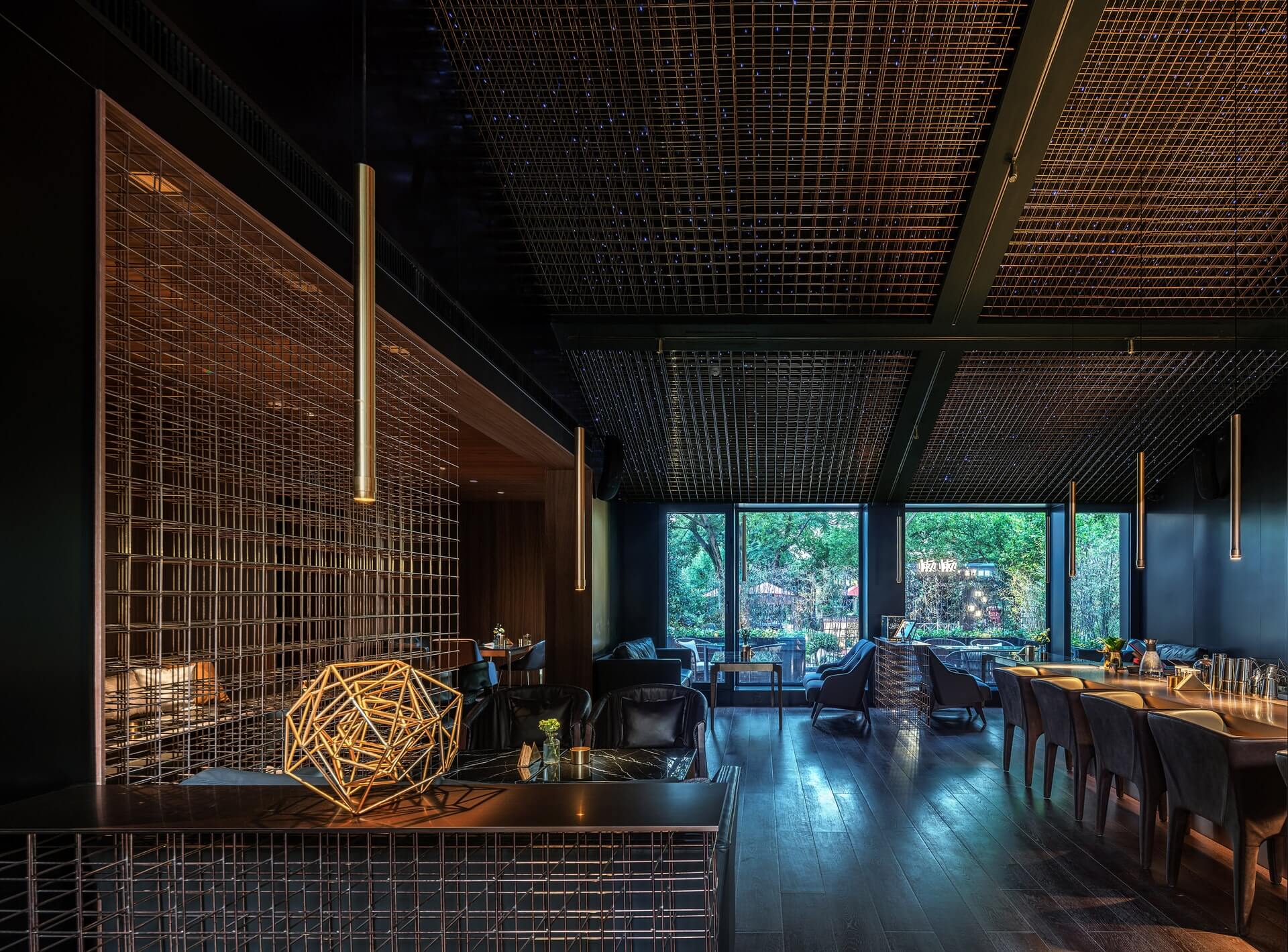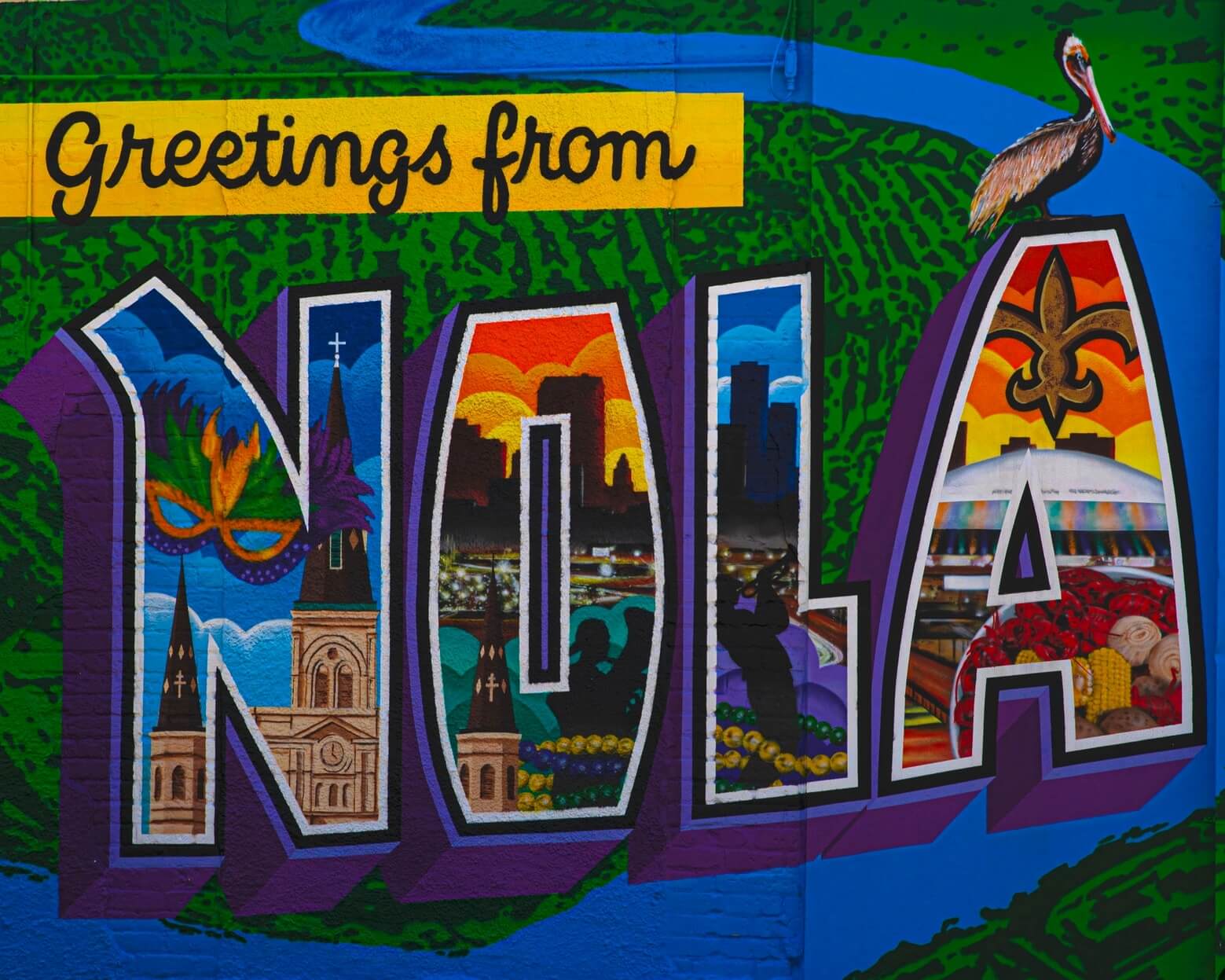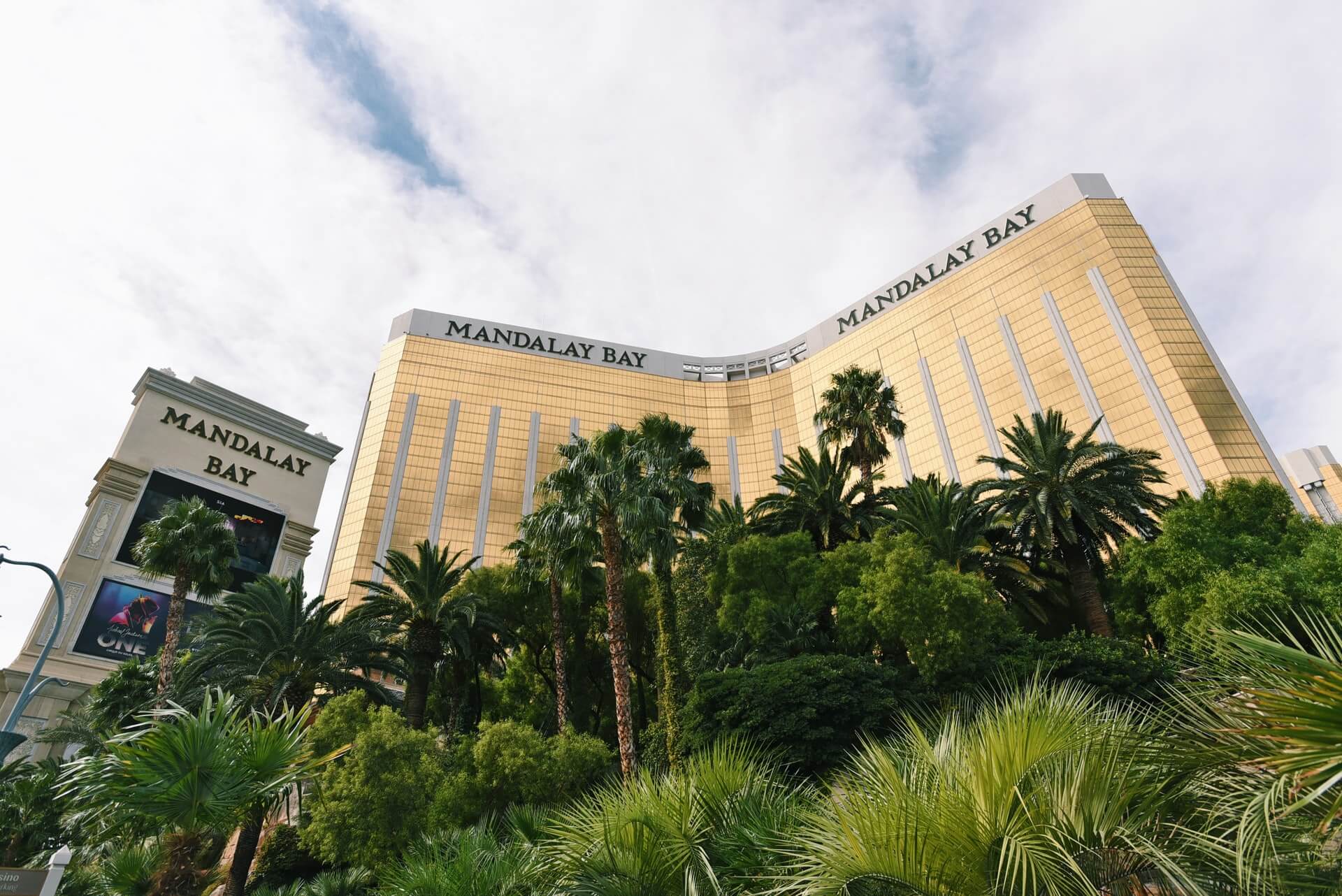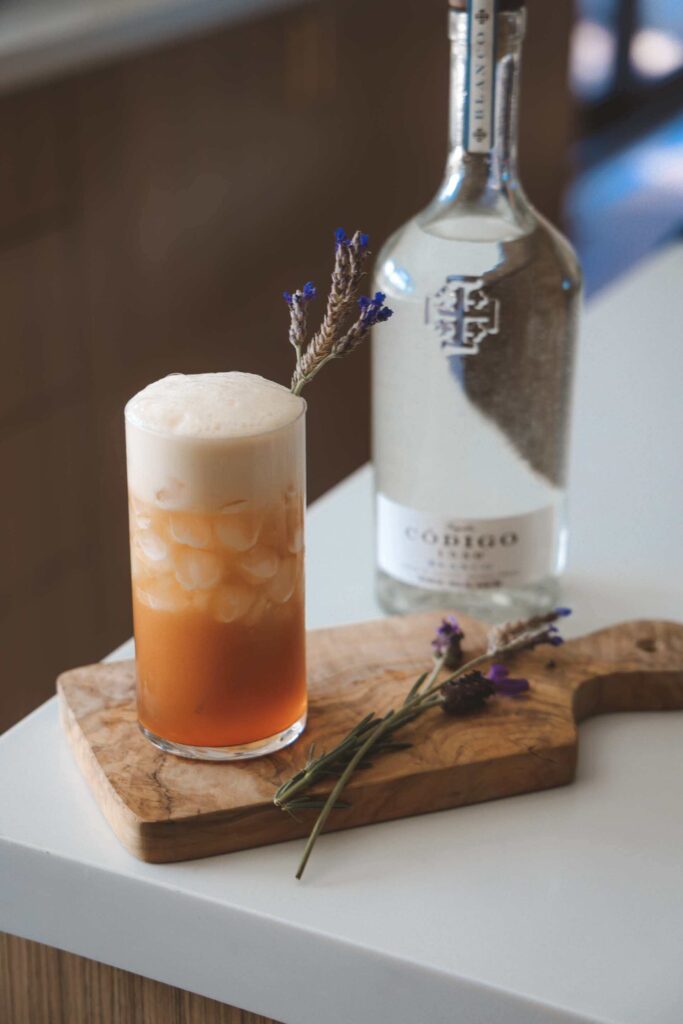TOTC Announces 2022 Cocktail Apprentice Program Class
by David Klemt
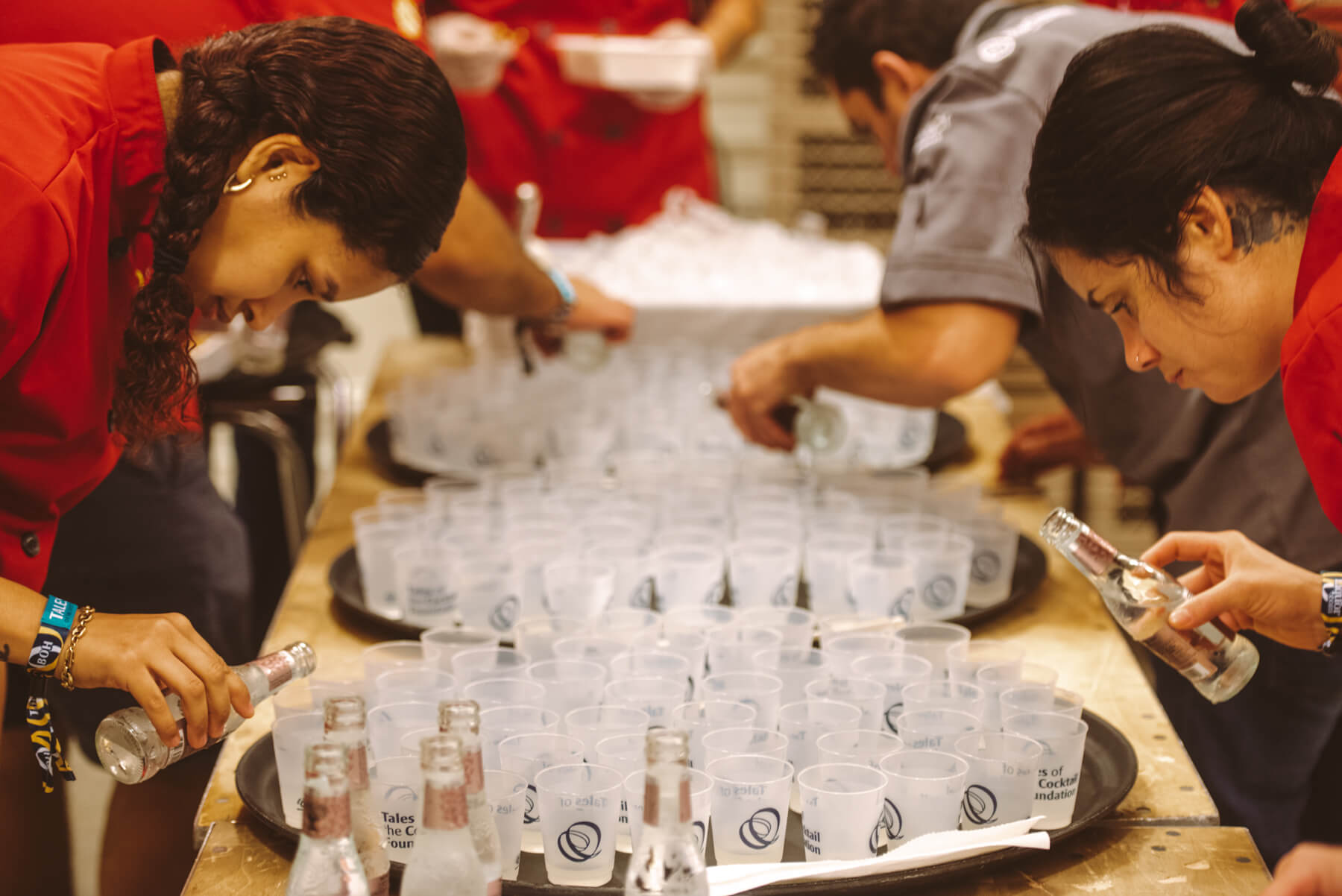
The Tales of the Cocktail Foundation has announced the 32 members of this year’s Cocktail Apprentice Program, also known as CAP.
For 2022, the CAP apprentices come from seven countries, Washington, D.C., fourteen American states, and Puerto Rico. First launched in 2008, CAP has played host to over 400 apprentices.
These bar professionals are thrown into the organized chaos that is Tales of the Cocktail each year. Well, to be fair, the event likely only feels like chaos to Tales attendees. This gathering of hospitality pros is a precision machine behind the scenes.
Of course, CAP apprentices and veterans are one of the keys to Tales’ success. These bar pros work together to prepare cocktails for for Tales seminars. They also make the many tastings possible. CAP Red and Grey Coats also batch the Dame Hall of Fame and Spirited Awards drinks.
As you’ll see while reviewing the lists below, CAP Red Coats work at some of the world’s premier bars, restaurants, hotels, distilleries, portfolios and brands, and hospitality groups. Moreover, they gain an incredible amount of experience and mentorship from industry veteran Grey, Black, and White Coats.
Valuable Experience
This is, of course, great news for attendees. Many will recognize the names and venues below. And, hey, these apprentices keep the good times flowing at Tales.
But there’s another reason this news is important.
Operators should encourage their bar team stars to apply to be TOTC CAP apprentices each year. The program is open to bartenders, barbacks, and bar managers.
Considering who they’ll meet, work with, and learn from, operators can think of CAP as an investment in their bar team.
In addition to returning to work with a wealth of knowledge and new industry contacts, they’ll be eligible to apply for the Cocktail Apprentice Scholarship Program. Since 2022 CAP Red Coats can apply when applications open next year, it’s reasonable to assume that 2023 Red Coats will be eligible to apply in 2024 for the TOTCF Cocktail Apprentice Scholarship Program.
So, operators who are serious about furthering their bar team’s careers and helping to mentor them should help them apply for the 2023 Cocktail Apprentice Program.
2022 Red Coats
Below are this year’s 32 CAP Red Coat apprentices. You’ll also find their place of work.
- Patience Adjei, Twist Night Club and Level Up Lounge (Accra, Ghana, West Africa)
- Gerald Akins, Hamlet and Ghost (Saratoga Springs, NY)
- Israel Baròn, Casa Prunes (Mexico City, Mexico)
- Tammy Bouma, Bluebird Cocktail Room (Baltimore, MD)
- Dylan Brentwood, Bar Kismet (Halifax, Nova Scotia, Canada)
- Napier Bulanan, Viridian (Oakland, CA)
- Yosue Cordero Badillo, Fairmont El San Juan Hotel (Carolina, Puerto Rico)
- Chelsea DeMark, Thompson Hotel Savannah (Savannah, GA)
- Milton Deya, Melinda’s Alley (Phoenix, AZ)
- Linda Douglas, Curly Bartender (Los Angeles, CA)
- Kai Duarte, Pacifico on the Beach and Down The Hatch (Wailuku, HI)
- Cody Dunavan, Breakthru Beverage Virginia (Richmond, VA)
- Glenn Eldridge, ROKA (Dubai, United Arab Emirates)
- Tim Frandsen, Jane Jane (Washington, D.C.)
- John Fry, Rumba / Inside Passage (Seattle, WA)
- Delena Humble-Fischer, Golden Pineapple Craft Lounge (Tempe, AZ)
- Princess Johnson, Allegory (Washington, D.C.)
- Maria Kim, Southside Parlor (Seoul, South Korea)
- Sungjoo Koo, Midnight Rambler (Dallas, TX)
- Rylen Komeiji, Here Kitty Kitty / Zouk Group (Las Vegas, NV)
- Lars Lunstrum, The Black Cypress (Pullman, WA)
- Jacob Mentel, Polite Provisions (San Diego, CA)
- Brian “Vito” Morales, Saso Bistro (Pasadena, CA)
- Julian Bella Robins, Pursuing MS in Hospitality Management at FIU (Tel Aviv, Israel)
- Jomar Santos, The Peacock Lounge Savannah (Savannah, GA)
- Jeremiah Simmons, Seven Three Distillery (New Orleans, LA)
- Colin Simpson, The Aviary (Chicago, IL)
- Taylor Sweeney, Bar Shiru (Oakland, CA)
- Vivi Szalavari, Uptown Cafe (Bloomington, IN)
- Irlanda Vargas, Bacal (Mexico City, Mexico)
- Noor Wafai, The Eddy & Durk’s Bar-B-Q (Providence, RI)
- Tim Weigel, Vegas Vickie’s (Las Vegas, NV)
2022 Grey Coats
Identifiable by their grey chef coats, Grey Coats are CAP leaders.
- Hagay I. Abramovitz, Imperial Craft Cocktail Bar (Tel Aviv, Israel)
- Justine Bock, Gin & Juice (Bristol, UK)
- Patrick Braga, Happy Accidents (Albuquerque, NM)
- Fifi Bruce, Barrel Brothers (Berlin, Germany)
- Richie Delahoyde, Lyre’s Non Alcoholic Spirits (Dublin, Ireland)
- Amy Dunki, Barr Hill and Caledonia Spirits (Los Angeles, CA)
- Arianna Hone, High West Saloon, Post Office Place (Park City, UT)
- Renson Malesi, House of Sage Cocktails (Nairobi, Kenya)
- Nicholas McCaslin, The Ritz-Carlton Nomad (New York City, NY)
- Allie Phifer, Cayo Coco Rum Bar and Restaurante (Birmingham, AL)
- Jessi Pollak, Spoon and Stable (Minneapolis, MN)
- Eric Scott, Thyme X Table (Bay Village, OH)
- Britt Simons, The Eddy (Providence, RI)
- Joey Smith, Chez Zou (New York City, NY)
- Sarah Syman, The Dandy Crown (Chicago, IL)
- Nigal Vann, The Berkshire Room (Chicago, IL)
2022 Black Coats
CAP assistant managers can be identified by their black chef coats.
- Cam Brown, Self-employed (Vancouver, British Columbia, Canada)
- Kaleena Goldsworthy-Warnock, The Bitter Bottle and Proof Bar and Incubator (Chattanooga, TN)
- Alex Lerman, Pearl Street Hospitality (Denver, CO)
- Samm McCulloch, Red Wall Distillery (Sedona, AZ)
2022 White Coats
- Alexis Belton-Tinoco, Johnnie Walker/Proof Media Mix (Chicago, IL)
- Cris Dehlavi, Diageo Hospitality Partnership (Columbus, OH)
- John Deragon, Resy (Brooklyn, NY)
- Trevor Kallies, Freehouse Collective (Vancouver, British Columbia, Canada)
- Juyoung Kang, Zouk Group at Resorts World Las Vegas (Las Vegas, NV)
Whenever you come across a Red, Grey, Black or White Coat at Tales, be sure to thank them for all their work. Well, if they don’t have their hands incredibly full. In that case, please get out of their way—they’ve got our drinks!
Image: M.S. Meeuwesen on Unsplash






